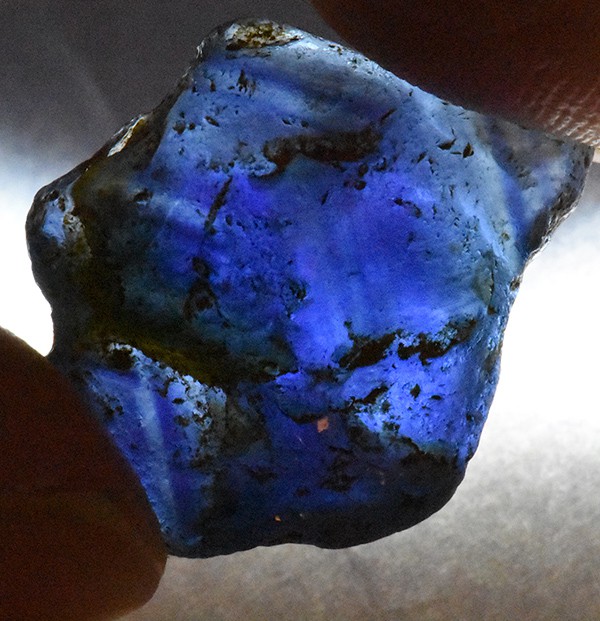I n late 2016, a sapphire deposit was found in Madagascar that yielded the most beautiful, soft yet intense-blue colors found for years. So attractive was this material, that the SSEF even produced a Trade Alert warning that some dealers and labs were passing this fabulous new material off as Kashmir-origin sapphire.
A few months later, and far to the north end of Africa’s Rift Valley, more sapphire deposits were coming quietly to light. Ethiopia is no stranger to corundum, however previous sapphire finds here have been unremarkable, but in late 2016, finds of good facet grade sapphire were made.
With the attention of the global sapphire industry on Bemainty, Madagascar, half of Sri-Lanka’s globe-trotting sapphire-buying community were all parked up in a then overcrowded Ambatondrazaka competitively chasing the same sapphires from the new Belle-of-the-South honeypot—and the new Ethiopian sapphire deposit has emerged almost entirely unnoticed.
The new mines are a series of placer deposits in the Tigray Province in the North of Ethiopia. They run as a east-to-west belt north of the towns of Shire, Aksum, Adwa and to Adigrat up to the Eritrea border. Some of the mines are in the more volatile areas close to the UN demarcated boundary and are not considered safe.
Test lots of the new Ethiopian material have already made their way from Addis Abbaba to Chanthaburi, and have already been heated by a couple of factories. New, larger lots of rough are currently changing hands already.
Faceted market-ready production is literally just starting to hit the weekend-gem market as producers finish production of test lots and allocate their costs across the quality-spectrum. Soon, this sapphire will be available in Bangkok.
Handling the rough, and a small amount of faceted material, Ethiopian Aksum sapphire seems to have several different qualities. From a two kilo parcel I split for quality and type, I found: silky-gueda, blue gueda, medium waxy-blue, and then darker inkier iron-rich sapphires, also some blue-greens, yellows and even bi-colors in various combinations of the aforementioned. I have not seen any pinks or oranges. ** edit of 24th April – I have seen one purplish blue, probably chromium bearing.
With a broad spectrum of material, as of the moment, it is not clear to me if material from different deposits are being mixed together, or if this is just-as-it-comes. As a business proposition, I am undecided as much of the material is dark, meaning purchasing will have to be by select pushing up the relative price.
These pictures show that while this new Ethiopian sapphire is no Bemainty, it produces deep blues, other attractive colors too, with clean crystals, in large-sizes.
So if you thought that the sapphire industry was already in rude health in early 2017, note bien please, it’s about to get even better.

Leave a reply